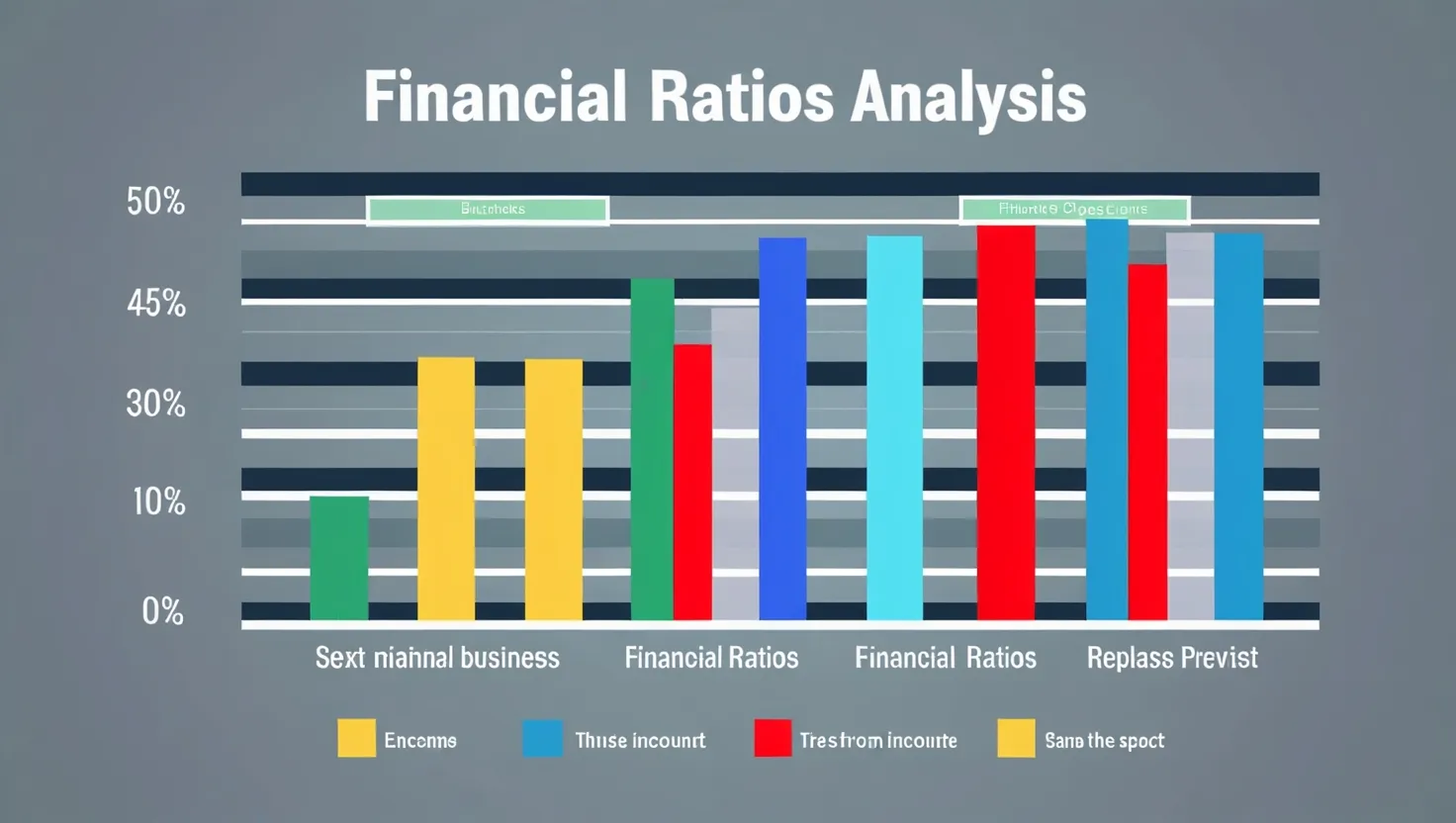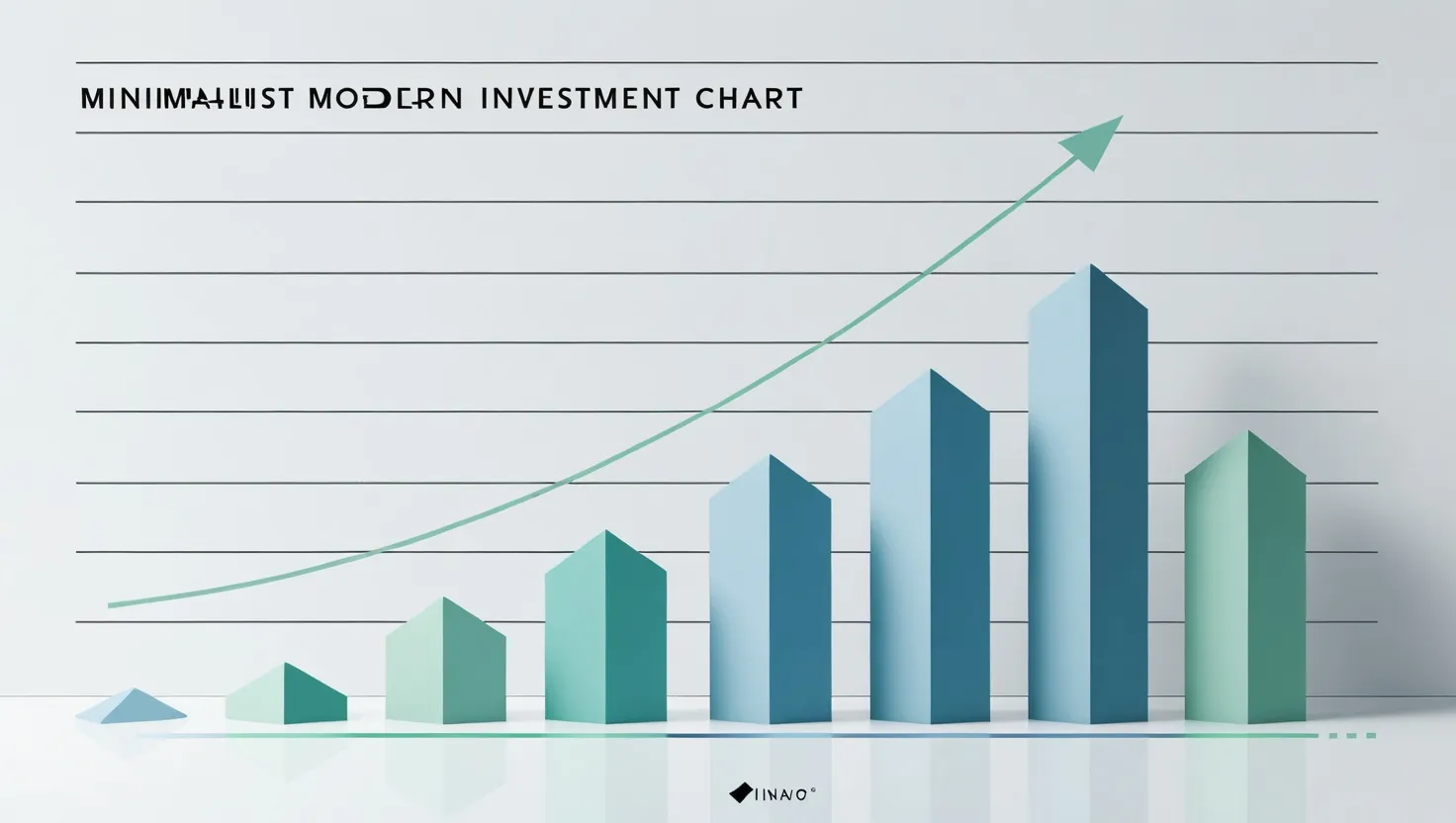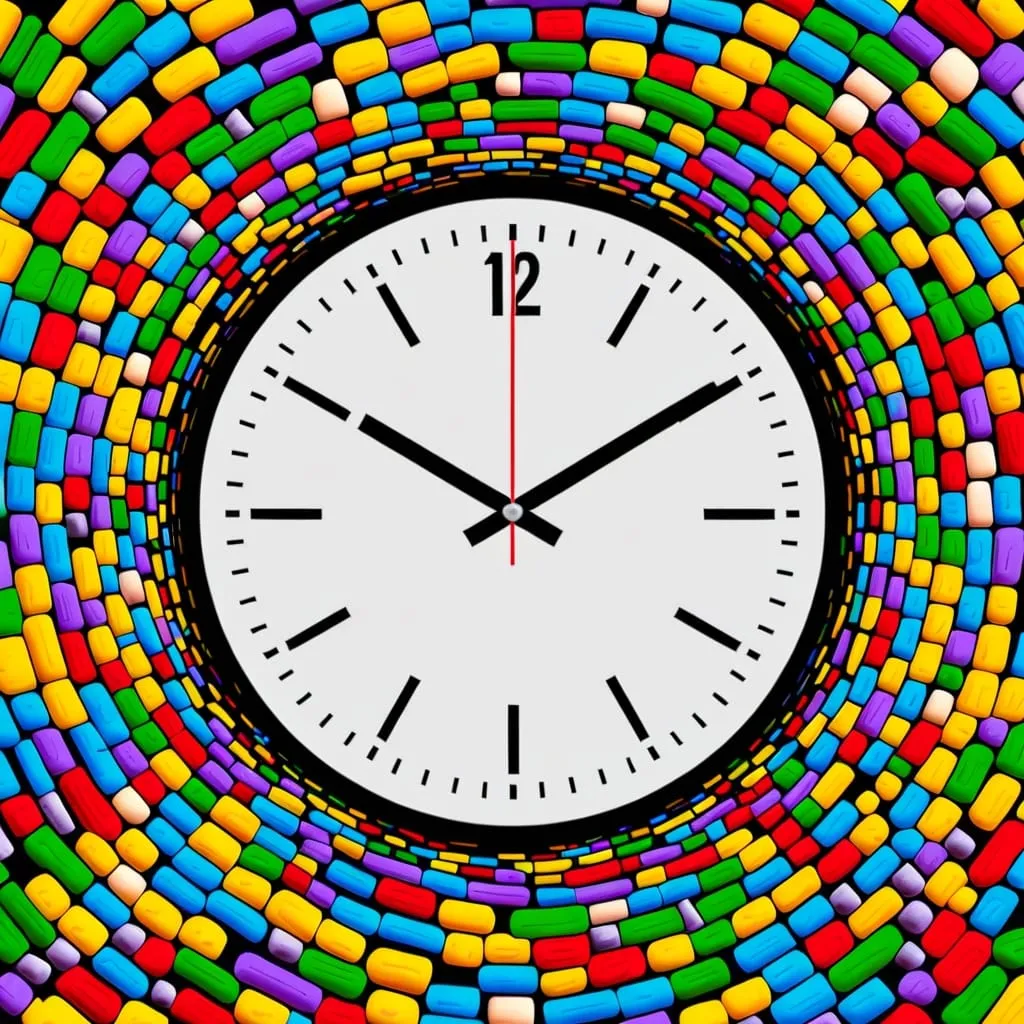Unlocking Your Productivity Potential: The Power of Visualization
In our hectic, fast-paced world, finding ways to boost productivity and maintain focus is more important than ever. One incredibly powerful tool that's often overlooked is visualization. This technique, used by top performers across various fields, from elite athletes to successful business leaders, can revolutionize how you approach your work and personal goals.
So, what exactly is visualization? It's not just daydreaming or wishful thinking. Visualization is a deliberate practice of imagining your desired future outcomes as if they're happening right now. It's like creating a mental movie of your success, complete with all the sights, sounds, smells, and feelings that go along with it.
There are two main flavors of visualization: outcome visualization and process visualization. Outcome visualization is all about picturing that end goal – crossing the finish line, sealing the deal, or achieving that promotion. Process visualization, on the other hand, focuses on the steps you need to take to get there. It's like mentally rehearsing your game plan. The real magic happens when you combine both types.
Now, you might be wondering, "Does this stuff actually work?" Well, think of it this way: your brain is like a super-smart computer, and visualization is like programming it for success. When you vividly imagine achieving your goals, your brain starts to create neural pathways that support those outcomes. It's like you're giving your mind a roadmap to success.
But visualization isn't just about sitting back and dreaming big. It's most effective when paired with action. It's about getting your mind and body in sync, working together towards your goals. When you visualize success and then take steps to make it happen, you're essentially doubling down on your chances of achieving what you want.
So, how can you start using visualization to supercharge your productivity? One great way is to create a vision board. This can be a physical board or a digital collage – whatever works for you. Fill it with images, words, and symbols that represent your goals and dreams. Put it somewhere you'll see it every day, like your bedroom wall or as your computer wallpaper. Every time you look at it, you're reinforcing those positive mental images.
Another powerful technique is guided visualization. There are tons of great recordings out there that can walk you through the process. Or, if you're feeling creative, you can write your own scripts. The key is to make it as vivid and detailed as possible. Don't just see yourself succeeding – hear the applause, feel the handshakes, smell the success (whatever that smells like to you!).
The real game-changer is making visualization a daily habit. It doesn't have to take long – even just a few minutes each day can make a huge difference. Some people like to visualize first thing in the morning to set the tone for the day. Others prefer to do it right before bed, letting those positive images marinate in their subconscious overnight. Find what works for you and stick with it.
Remember, the more senses you can engage in your visualization, the more powerful it becomes. If you're visualizing a successful presentation, don't just see yourself standing confidently at the podium. Hear the murmur of the audience, feel the smooth texture of your notes in your hands, smell the fresh coffee in the meeting room. The more real you can make it in your mind, the more your brain will believe it's possible.
Now, visualization isn't just for personal goals. It can be a game-changer in the workplace too. There are loads of visual tools you can use to boost your productivity and keep your team on track. Mind maps are fantastic for brainstorming and organizing ideas. They let you see connections between concepts that you might miss in a linear format. Plus, they're just fun to create!
Flowcharts are another great visual tool, especially when you're dealing with complex processes. They help you break down big tasks into manageable steps, making it easier to tackle even the most daunting projects. And when you're managing a team project, Gantt charts are your best friend. They give you a bird's eye view of who's doing what and when, helping you keep everything running smoothly.
For larger organizations, organizational charts can be super helpful. They're not just about showing who reports to whom – they can help everyone understand their role in the bigger picture. And when you're trying to solve tricky problems, fishbone diagrams (also called cause-and-effect diagrams) can help you identify root causes and come up with effective solutions.
But visualization isn't just about individual productivity – it can also be a powerful tool for team motivation and collaboration. Visual cues like do-not-disturb signs or color-coded indicators can help team members communicate their availability without interrupting each other. Team presence boards can make it easier to coordinate schedules and find the right time for meetings or collaboration.
Visual project monitoring tools, like traffic light systems or even quirky lava lamps, can give everyone a quick, at-a-glance update on project status. And don't forget the power of visually celebrating success! Whether it's a wall of fame, a trophy shelf, or a digital achievement board, seeing those wins can be a huge motivator for the whole team.
In our digital age, distractions are everywhere. It's all too easy to get pulled off track by a notification ping or a tempting social media scroll. This is where visualization can really shine. By regularly visualizing your goals and the steps you need to take to achieve them, you're creating a mental framework that helps you stay focused on what really matters.
Let's say you're working on a big project with a looming deadline. When you're tempted to procrastinate, you can take a moment to visualize the successful completion of the project. Picture yourself submitting the work on time, imagine the relief and satisfaction you'll feel, the praise from your boss or client. This mental image can give you the boost you need to push through and stay on track.
Here's a personal example to bring this all to life. Imagine you're a marketing manager working on launching a new product. You start by creating a vision board with images of the successful launch event, positive customer reviews, and graphs showing skyrocketing sales. Every morning, you spend a few minutes visualizing this success – the buzz of excitement at the launch party, the pride in your team's eyes, the feel of shaking hands with satisfied customers.
Throughout your day, you use mind maps to brainstorm marketing strategies and flowcharts to plan out the launch timeline. You've got a Gantt chart on your office wall, showing everyone's tasks and deadlines. Your team uses a traffic light system to indicate the status of different aspects of the launch – green for on track, yellow for potential issues, red for urgent problems.
By combining these visualization techniques with concrete action steps, you stay motivated and focused, even when unexpected challenges pop up. This approach doesn't just help you achieve your immediate goal of a successful product launch – it enhances your overall productivity and job satisfaction.
Visualization isn't a magic wand that will instantly make all your dreams come true. But it is a powerful tool that can help you clarify your goals, stay focused, and take consistent action towards achieving them. It's about training your brain to see possibilities rather than obstacles, to focus on solutions rather than problems.
So why not give it a try? Start small – maybe just spend a few minutes each day visualizing one important goal. Create a simple vision board or try out a guided visualization exercise. Use a mind map for your next brainstorming session or a flowchart for your next big project.
Remember, the key is consistency. Like any skill, visualization gets more powerful with practice. The more you do it, the more natural it will become, and the more you'll start to see its effects in your daily life and work.
Visualization is about more than just productivity – it's about creating a life and career that truly excites and fulfills you. It's about waking up each day with a clear sense of purpose and direction. It's about harnessing the power of your mind to create the reality you want.
So go ahead, close your eyes, and start picturing your ideal future. Then open them, and start taking steps to make it happen. Your more productive, focused, and successful self is waiting for you – can you see it?






